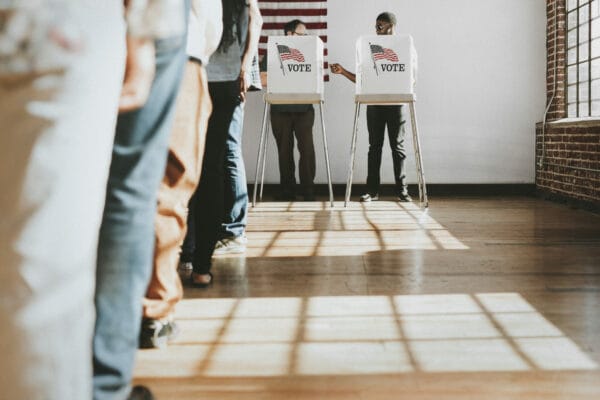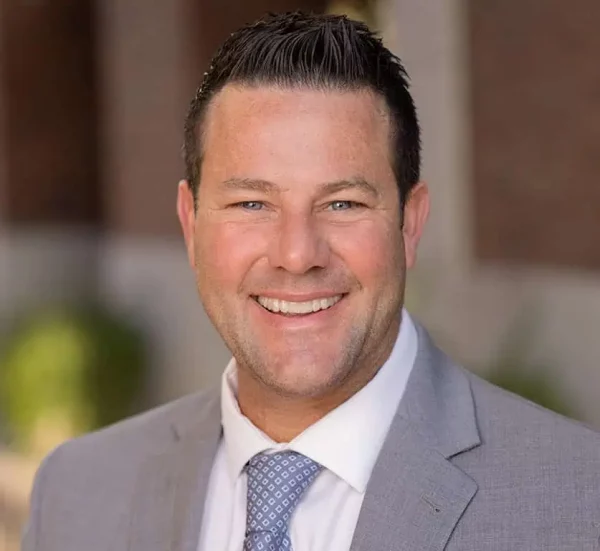By David G. Savage | Los Angeles Times
The Supreme Court has rejected a conservative challenge to the common practice of counting everyone, not just U.S. citizens, when adjusting the size of voting districts across the nation.
Without comment, the justices let stand a redistricting rule that benefits urban areas like Los Angeles and Chicago that have a higher percentage of noncitizens as residents.
Since the 1960s, the court has said that election districts should be equal in size under the so-called one person, one vote rule. Under this rule, U.S. representatives, state legislators, city council members and county board members usually represent about the same number of people.
 But the court had not ruled directly on whether these districts should be counted based on the number of persons who live there or on the number of citizens who are eligible to vote.
But the court had not ruled directly on whether these districts should be counted based on the number of persons who live there or on the number of citizens who are eligible to vote.
A conservative group called the Project on Fair Representation has led the challenge to the Voting Rights Act in a case from Alabama. Its lawyers filed a separate appeal in a Texas case that urged the justices to revisit the one person, one vote rule and say that only eligible voters should be counted.
Their lawyers argued that because of “changing immigration patterns,” the standard method of counting all residents shifts political power “away from rural communities to urban centers with high concentrations of residents who are ineligible to vote.”











